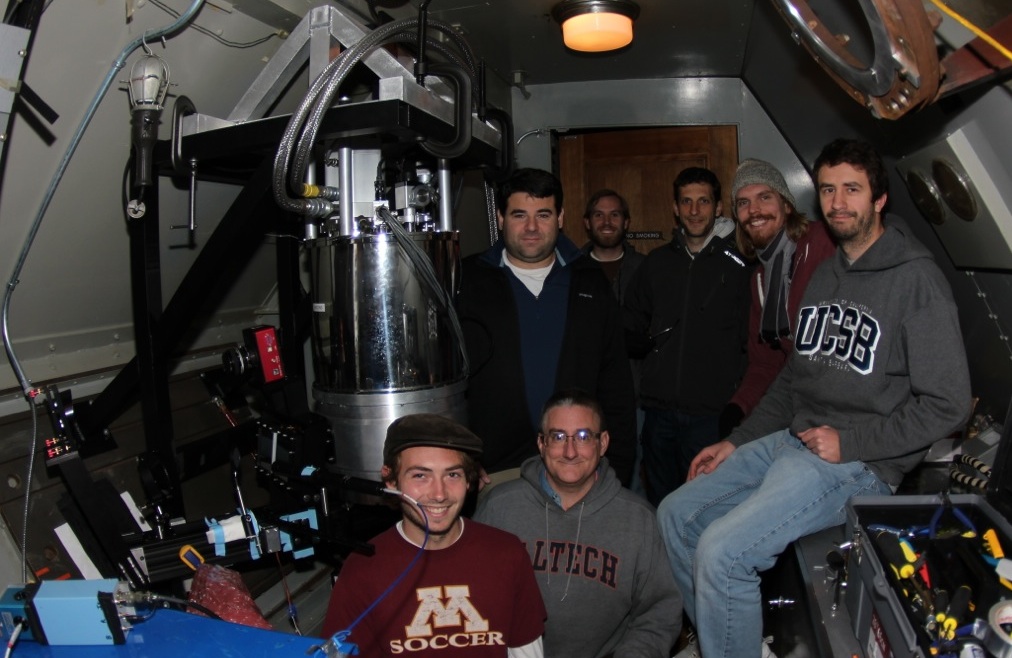Undergraduate Education
- College of Letters and Sciences
- Major (B.A. or B.S.) in Physics
- Minor in Physics
- Minor in Astronomy and Planetary Science
- College of Creative Studies: Major (B.S.) in Physics
- Undergraduate Office Phone: (805) 893-3888
- Email Undergraduate Advisor
- Physics Department Undergraduate Education
- Physics Courses
Astronomy and Planetary Science Minor

The minor in Astronomy and Planetary Science is a flexible program that compliments a Physics major or with some extra work, can stand on its own. In additon to the introductory sequence of math and physics courses, students will take the following upper division (junior/senior) courses:
- PHYS 132: Stellar Structure and Evolution
- PHYS 133: Galaxies and Cosmology
and choose from a number of courses in the Physics and Earth Science departments, possibly including
- PHYS 131: General Relativity
- PHYS 134: Observational Astrophysics
- PHYS 141: Optics
Graduate Education
The Physics doctoral program is a point of pride at UCSB, recently being ranked as a top five program by the National Research Council and in the top 10 programs in the world in the Space Science subfield by US News and World Report. The program combines one to three years of coursework with several years of directed research. Students are typically fully funded through fellowships, research funding, and/or teaching assistantships. There are two options for the Physics Ph. D.:
- Traditional Physics Ph.D.
- Astrophysics Emphasis Physics Ph.D.
For more details on the structure of the Ph. D. program and application instructions, see the Physics Department graduate education page.
- Graduate Office Phone: (805) 893-4646
- E-mail Graduate Advisor
- Physics Department Graduate Education
- Physics Courses
Astrophysics Emphasis

While the traditional Physics Ph.D. program gives students a broad and strong slate of courses to prepare them for research in any area of Physics, the Astrophysics emphasis is designed for student that know they want to get started immediately in Astrophysics research.
Fewer core physics courses are required and instead students start taking the suite of astrophysics courses in their first year:
- PHYS 232: Stellar Structure and Evolution
- PHYS 233: Interstellar Medium
- PHYS 234: High Energy Astrophysics
- PHYS 235: Extragalactic Astrophysics
- PHYS 236: Cosmology
- PHYS 237: Galactic Dynamics
A more detailed description of the Astrophysis emphasis can be found here.